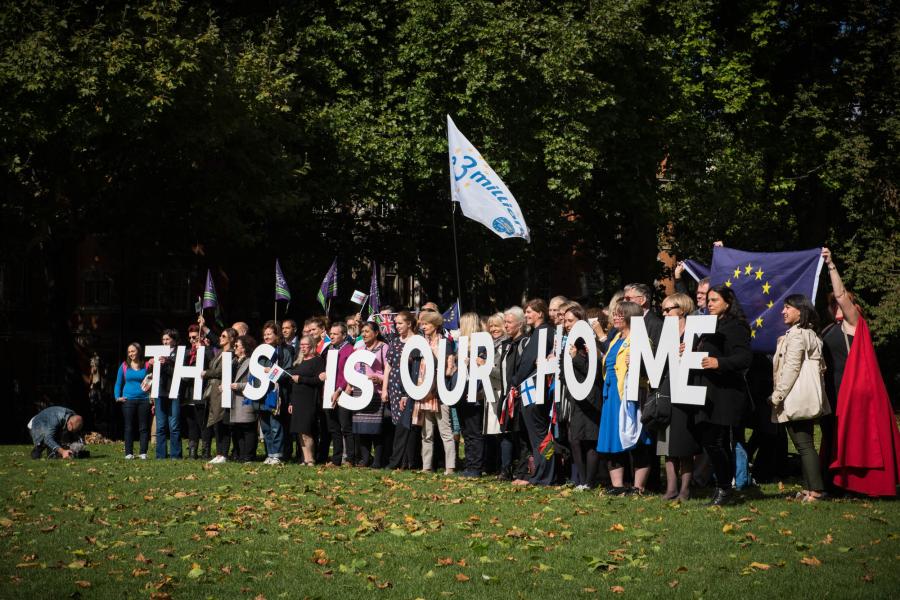Windrush Scheme for EU citizens
Older EU citizens in the UK may have an alternative to applying for Settled Status thanks to the Windrush scheme.
EU citizens who came to the UK before 1989, and their children, often have a valid immigration status.
In order to demonstrate that their status is valid (for example to apply for a new job, a new rental, or to enter the UK after travelling abroad), they need a valid, non-expired biometric residence permit.
And they may be eligible to apply under the Windrush scheme to get this biometric residence permit.
Note, these physical residence permits will have an expiration date of 31 December 2024 (even though the underlying immigration status does not expire). This is because all UK immigration status will be digital-only from 2025.
While most will believe the Windrush scheme is only available to Commonwealth citizens, there is actually no nationality criteria, as long as you can claim to have had an Indefinite Leave to Remain status in the qualifying period.
That would disqualify the vast majority of EU citizens currently living in the UK (who came after 1989) but it is an option for EU citizens who have lived here for a long time, and their children.
We have listed the pros and cons in this table:

Eligibility
Most people who arrived before 1973 and have lived here since will already have Indefinite Leave to Remain (ILR) (as per The Immigration Act 1971) and many who arrived between 1973 and 1988 may also have the status.
If these people had children under 18 at the time ILR was granted, the status would also apply to them, meaning they would also be eligible under the Windrush scheme even though ILR was granted to their parents since they were probably included on their parent’s passport.
To remain valid, the holder should have remained in the UK without a continuous period of absence of 2 years.
Lack of evidence
The common issue with the Windrush generation is they may lack evidence of their status or only have old evidence of it, but they could still apply via the Windrush Scheme. More information at https://www.gov.uk/guidance/windrush-scheme .
Useful links
If your parents gained ILR while you were a child, you may also be eligible and we would advise you to join our Facebook group and ask the moderators about their own experience of having applied as children of ILR holders.
https://www.facebook.com/groups/the3million.IRL.holders/
Please note that ILR holders can apply for settled status under the EU Settlement Scheme (EUSS), which then replaces their ILR status, and enjoy the benefits of the protection of the Withdrawal Agreement. It is still possible to make late applications to the EUSS, however it is recommended to get legal advice to help - see our Useful Links page for a list of organisations that can help.
Likewise, if someone with settled status under the EUSS applies for ILR under the Windrush Scheme, this ILR is a 'variation of leave' of their settled status, and therefore they will no longer have the benefit of settled status conditions like being able to leave the UK for five years before loss of status. Note: the3million disagrees with this interpretation and would argue that it should be possible to combine statuses, and that Withdrawal Agreement entitlements should not be lost by applying for another immigration status.
One of the benefits of gaining ILR via the Windrush route is to prove your children were British at birth.
ILR is backdated to the date it is deemed you acquired it which can be helpful for their children born after 1982 to prove they were born British. Under the British Nationality Act 1981, simply being born in the U.K. does not make you British and may depend on a parent's immigration status. (more information is available on https://www.gov.uk/check-british-citizenship).
If you are not eligible for ILR, and you have not applied for status under the EUSS, you should seek immigration advice.



